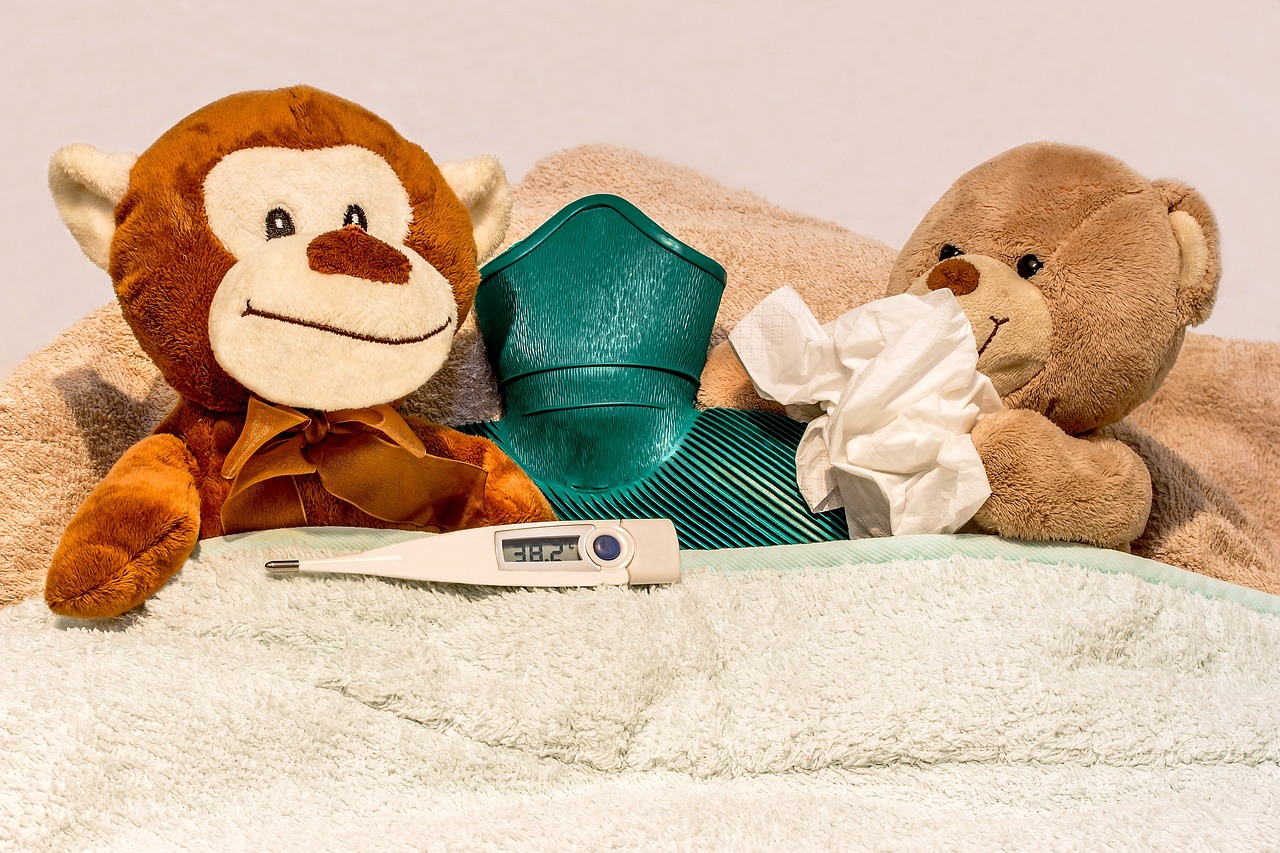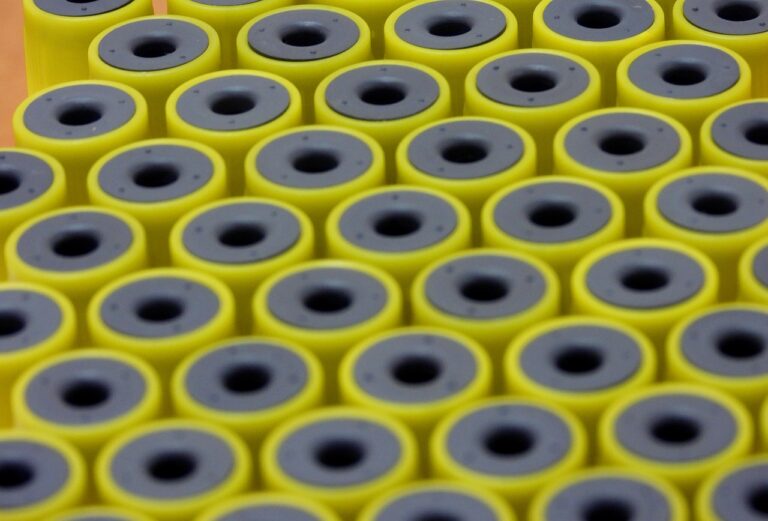Strategies for Improving Health Literacy
Health literacy is often misunderstood as simply having the ability to read and write, but its scope is much broader. It encompasses a person’s capacity to obtain, process, and understand basic health information and services needed to make informed decisions.
Another common misconception is that health literacy is solely the responsibility of the individual. In reality, health literacy is a shared responsibility between the healthcare provider and the patient. Effective communication plays a crucial role in ensuring that health information is understood correctly and acted upon appropriately.
Importance of Clear Communication in Healthcare
Clear communication in healthcare is crucial for ensuring that patients understand their diagnoses, treatment options, and healthcare instructions. Misunderstandings can lead to incorrect usage of medications, missed appointments, or other detrimental outcomes. Effective communication also fosters better relationships between patients and healthcare providers, leading to increased trust and satisfaction with the care received.
When healthcare information is communicated clearly, patients are more empowered to make informed decisions about their health. This allows for a collaborative approach to healthcare where patients actively participate in their own care. Additionally, clear communication can help to alleviate anxiety and confusion that patients may experience when dealing with complex medical information. By prioritizing clear communication in healthcare settings, both patients and healthcare providers can work together towards better health outcomes.
Utilizing Visual Aids to Enhance Understanding
Visual aids play a crucial role in conveying complex information in a more digestible format. When it comes to healthcare, using visuals such as diagrams, charts, and images can greatly enhance a patient’s understanding of their condition, treatment options, and overall care plan. These visual representations can help bridge the gap between medical jargon and layman’s terms, making it easier for patients to grasp important health concepts.
In addition to benefiting patients, visual aids also aid healthcare providers in effectively communicating with their patients. By incorporating visuals into their explanations, doctors and nurses can ensure that their messages are clear and easily understood. This results in better patient compliance, improved treatment outcomes, and ultimately, a stronger patient-provider relationship built on trust and mutual understanding.
• Visual aids such as diagrams, charts, and images can enhance a patient’s understanding of their condition
• These aids bridge the gap between medical jargon and layman’s terms
• Visuals help patients grasp important health concepts more easily
• Healthcare providers benefit from using visual aids in communicating with patients
• Clear visuals ensure messages are easily understood by patients
• Better patient compliance and improved treatment outcomes result from utilizing visual aids
• Visual aids contribute to building a strong patient-provider relationship based on trust and mutual understanding
Why is it important to address common misconceptions about health literacy?
Addressing common misconceptions about health literacy is important because it can help improve patient outcomes, increase patient satisfaction, and reduce medical errors.
How can clear communication in healthcare benefit patients?
Clear communication in healthcare can benefit patients by helping them understand their medical condition, treatment options, and how to manage their health effectively.
How do visual aids enhance understanding in healthcare settings?
Visual aids enhance understanding in healthcare settings by providing patients with a visual representation of complex medical information, making it easier for them to comprehend and retain the information.
What types of visual aids can be used in healthcare settings?
Visual aids such as diagrams, charts, graphs, videos, and illustrations can be used in healthcare settings to help convey information to patients in a clear and concise manner.
How can healthcare providers effectively utilize visual aids with patients?
Healthcare providers can effectively utilize visual aids with patients by incorporating them into patient education sessions, using them during consultations, and providing patients with visual materials to take home for further reference.







